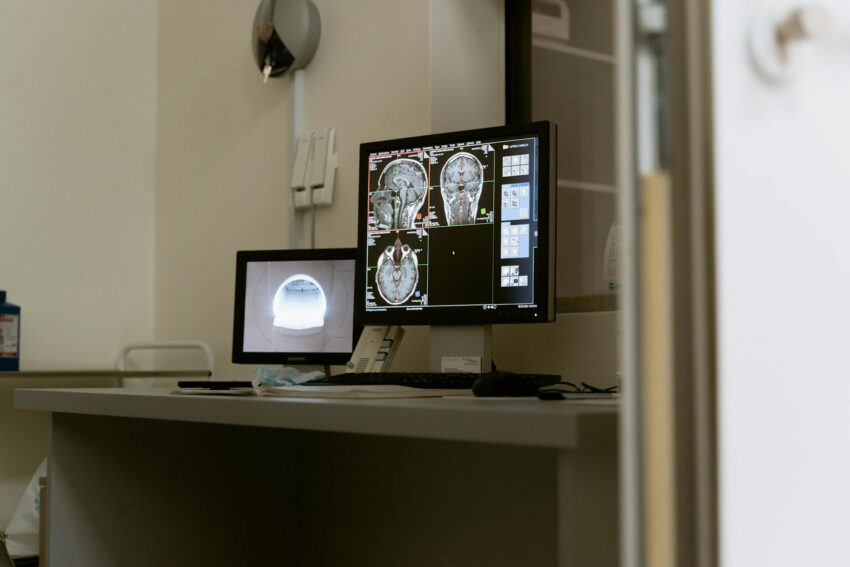The human brain, a fascinating intricate labyrinth of neural networks and biochemical processes, has drawn considerable attention from various scientific disciplines. One such domain is the study of psychedelics and neurobiology, a field that investigates the profound ways these substances can shape complex brain functions. Recent advances in brain imaging studies, coupled with a renewed interest in psychedelic research, are leveraging our capacity for neuroscientific inquiry to new heights.
Psychedelics are a group of substances that contribute to considerable alterations in human consciousness, characterized most notably by intense visual, auditory, and emotional experiences. The primary neurochemical effect these substances have lies in their interactions with the brain’s serotonin receptors, majorly impacting our thoughts and perceptions.
Numerous clinical studies have focused on the impact of psychedelics on serotonin receptors and their subsequent influence on perception, mood, cognition, and other aspects of brain function. This interaction hinges on the similarities between serotonin, a crucial neurotransmitter in the brain, and the chemical structure of various psychedelics. Most prevalent psychedelics, such as LSD and psilocybin (found in magic mushrooms), interact with the serotonin system to produce their unique effects. When these substances bind to specific serotonin receptors (5-HT2A), it induces a cascade of neurochemical effects.
Often called “mind-manifesting,” psychedelics are known for their capacity to bring about a marked change in the general consciousness experience. This involves amplifying hidden or suppressed thoughts and emotions, generating profound insights and alterations in the sense of self. But what are the underlying mechanisms in the brain that afford these experiences?
Modern neuroimaging technologies provide us with powerful tools to begin answering these questions. In the past decade, brain imaging studies on psychedelics have mapped shifted patterns of brain activity and connectivity. One seminal finding is that of increased neural connectivity, where brain regions usually isolated start communicating under the influence of psychedelics. This increased cross-talk could explain the complex and often indescribable experiences that occur during a trip. It also ties in with theories suggesting psychedelics may dismantle ingrained neural networks to promote a state of heightened plasticity.
Neuroplasticity, the brain’s ability to reorganize itself by forming new neural connections, is another area of focus in psychedelic research. Ongoing trials seem to suggest that compounds like psilocybin can enhance neuroplasticity, potentially offering therapeutic benefits. The therapeutic potential of psychedelics is of significant interest, with early investigation suggesting promise in a range of mental health disorders, including depression, anxiety, and PTSD.
The field of neuropharmacology has also contributed to our understanding of how these substances influence the brain. This branch of neuroscience combines pharmacology and neurobiology to study how drugs affect the nervous system. It emphasizes how psychedelics can induce altered states of consciousness by disrupting normal neurotransmitter functions in the brain.
In conclusion, the study of psychedelics is reshaping the boundaries of neuroscientific inquiry. Our understanding of the mind is undergoing a significant transformation, fueled by the convergence of psychedelic research and advances in neuroscience. By exploring the neuronal chronicles of psychedelics, we are discovering novel pathways to understanding brain function and potentially transformative therapeutic tools to assist mental health’s challenging landscapes. As such, psychedelics aren’t just catalysts for alternate realities; they might also be key to unlocking the enigmatic code our exceptional brains embody.
